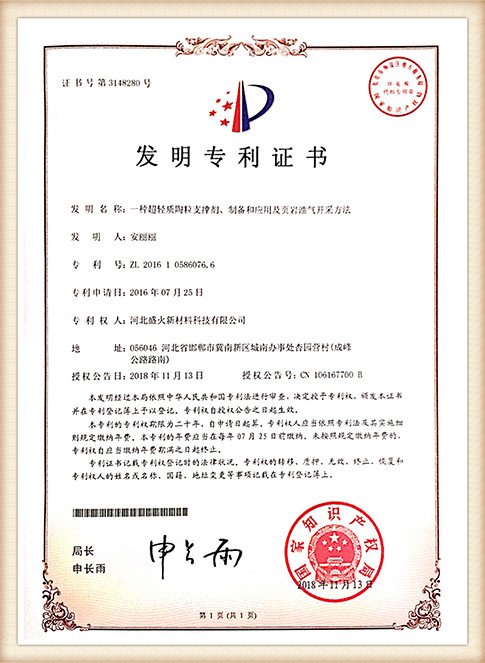High-Quality Sand Casting A Comprehensive Overview
Sand casting is one of the oldest and most widely used metal casting processes in manufacturing. Due to its versatility and cost-effectiveness, it remains a preferred method for creating intricate metal parts in various industries, from automotive to aerospace. In this article, we delve into what constitutes high-quality sand casting, the techniques involved, and its advantages.
Understanding Sand Casting
At its core, sand casting involves creating a mold from a mixture of sand, clay, and water. The process starts with the production of a pattern, which is a replica of the object to be cast. This pattern is placed in a sand mixture, which forms the mold. Once the mold is formed, molten metal is poured into the cavity left by the pattern. After the metal cools and solidifies, the sand mold is broken away to reveal the cast part.
Key Characteristics of High-Quality Sand Casting
1. Precision and Accuracy High-quality sand casting must provide excellent dimensional accuracy. This is typically achieved through careful pattern making and mold preparation. Precise control over the sand-to-binder ratio and ensuring the right moisture content in the sand mixture are critical.
2. Surface Finish The surface finish of sand-cast parts is essential for both aesthetic and functional purposes. High-quality sand casting techniques employ fine-grained sands, which enable smoother finishes. Post-casting processes such as shot blasting, grinding, or polishing are used to further enhance the surface quality.
3. Strength and Durability The final product must possess sufficient mechanical strength to withstand the operating conditions it will encounter. This is influenced by the choice of metal and the properties of the sand used. High-quality castings often utilize alloys that enhance strength and ductility.
4. Minimal Defects Defects such as porosity, cracks, and inclusions can significantly affect the performance of the cast part. A high-quality sand casting process focuses on minimizing such defects through proper venting, gating system design, and controlling the cooling rates.
Techniques for Achieving High Quality in Sand Casting
1. Green Sand Casting This is the most common form of sand casting, where the mold is made from a moisture-bonded sand mixture. Fine-grained sand is used to ensure better detail and surface finishing.
high quality sand casting

2. Chemical Bonded Sand Casting This method uses chemical binders to create the mold, which offers better strength and durability compared to green sand molds. This technique is particularly effective for complex geometries and thinner sections.
3. Investing in Modern Technology High-quality sand casting facilities are increasingly adopting modern technologies such as 3D printing for pattern making, advanced simulation software for mold filling and solidification, and automated core-making processes. These technologies help in achieving higher precision and reducing lead times.
4. Quality Control Processes Rigorous quality control measures, including non-destructive testing (NDT) such as ultrasonic testing or X-ray inspections, ensure that the cast parts meet the required specifications and standards before they reach the client.
The Advantages of High-Quality Sand Casting
High-quality sand casting offers numerous advantages
- Cost-Effectiveness Compared to other casting methods, sand casting is generally less expensive, allowing for economical production of both small and large quantities.
- Flexibility in Design Sand casting allows for more complex shapes compared to die casting, making it suitable for a wider range of applications.
- Material Variety This method can be used with a range of metals, including ferrous and non-ferrous, which provides manufacturers with options based on their specific requirements.
- Large Part Production Sand casting can handle large parts that other casting processes might struggle with, making it suitable for heavy industries.
In conclusion, high-quality sand casting is a vital process in modern manufacturing, offering flexibility, cost-effectiveness, and the ability to produce complex designs. By employing advanced techniques and thorough quality control measures, manufacturers can ensure that their sand-cast components meet the highest standards required by today’s industries.
Post time:Dez . 31, 2024 02:02
Next:Precision Sand Casting Techniques for High-Quality Metal Components and Effective Production Processes
